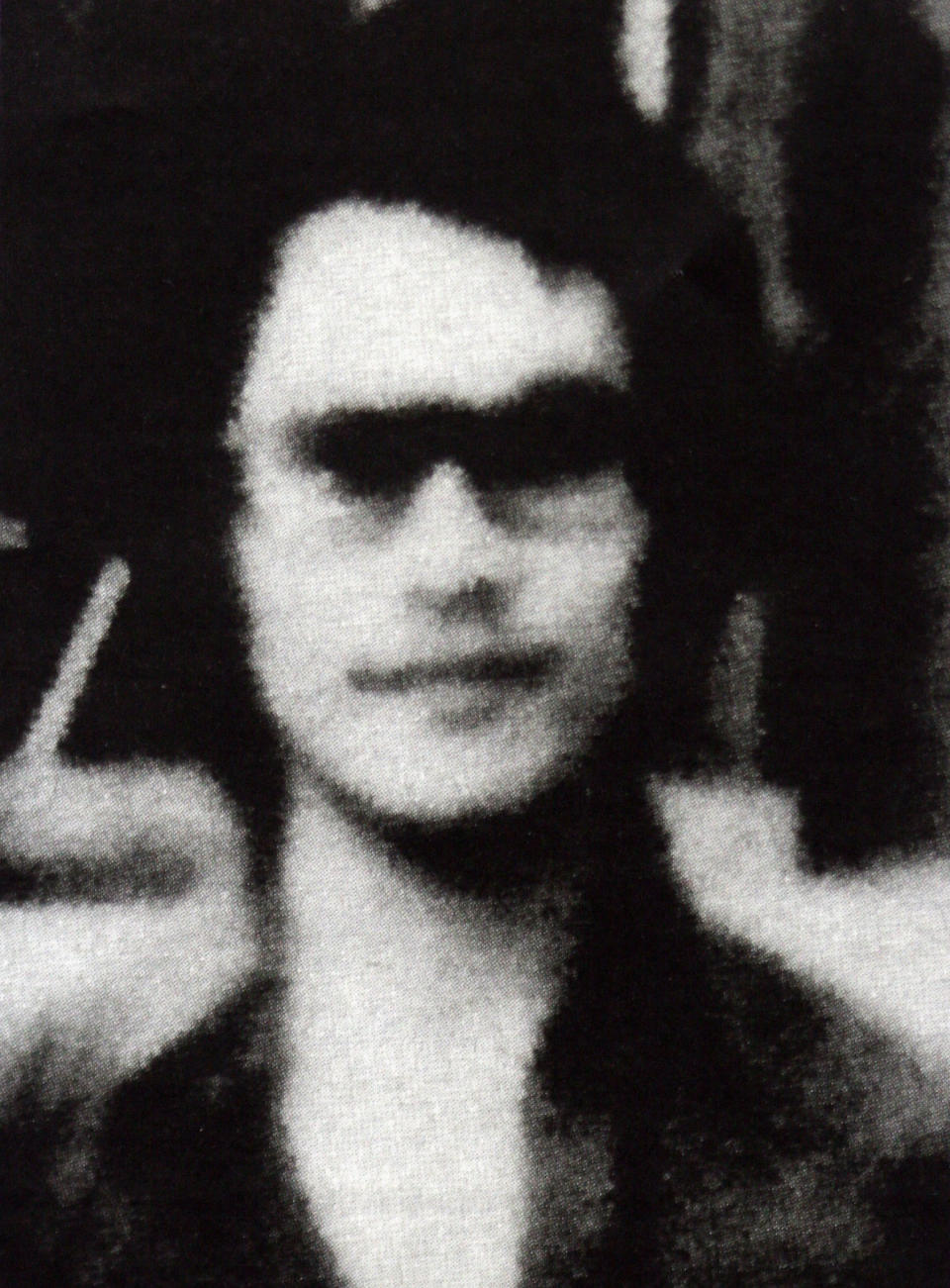Lucie Blackman: The Missing Woman Who Exposed Tokyo’s Seedy Underbelly
- Oops!Something went wrong.Please try again later.

Horrible crimes have been committed amid Tokyo’s shadowy nightlife, and a young Western woman is in the middle of it. So are the police and the media, each handling things as they’ve been taught, which doesn’t endear them to each other. No, it’s not another season of HBO’s Tokyo Vice, although Jake Adelstein, the American expat newspaperman whose memoir is the basis of that series, plays a major role here as well. The new Netflix doc Missing: The Lucie Blackman Case is a more modest affair; it plays like a pretty straightforward true crime procedural despite some intriguing culture-clash dynamics.
It has one thing going for it: a story that you probably don‘t know well if at all, based on a 23-year-old crime that got plenty of press in Japan and England but much less so in the States. Lucie Blackman was a 21-year-old flight attendant from Kent, U.K. — blonde, blue-eyed and adventurous, hooked on travel and new things. Eager to pay off debts, she took a job as a “hostess” in the party-heavy Roppongi district of Tokyo, known for wealthy foreigners and nightclubs where pretty women are paid to drink and socialize (but not sleep with) free-spending clientele. Lucie disappeared from her job, at the club Casablanca, on July 1, 2000, provoking a frantic search within and outside of the naked city.
More from Rolling Stone
Pete Davidson Gets 50 Hours Community Service for Reckless Driving Charge
This YSL Affiliate Has Been Arrested. Here's Why That Could Be a Big Deal
Actors' Strike: Marvel Actress Received a Residual Check for 14 Cents
Missing has the makings of a tense drama fueled by cultural difference. Lucie’s father, Tim, arrives in Tokyo quickly, and grows impatient with the police investigation just as fast. A beefy man who seems preternaturally poised, Tim Blackman knows how to play the media, in Japan and in London, and he deftly inserts himself into the story as a means of speeding up what he sees as a slow-moving Tokyo police response to his daughter’s disappearance. Tim is on camera a lot in Missing, as are several police detectives, looking back on the case with stoic reflection. Adelstein, who covered the story at the time, is here as well, and he proves to be a valuable presence, a more-or-less objective observer of the dynamics between a desperate father and a cautious law enforcement system.

Director Hyoe Yamamoto, a Japanese native, treats all parties with respect and deference; there is little sensational about the tone of Missing, which is admirable given the story’s capacity for hyperbole and hysteria. At a lean 82 minutes, the film gets in, does its job, and gets out. If anything, it’s a little too even-keeled and efficient. There’s a bigger story lurking between the lines here, and it has little to do with – spoiler alert – the serial sexual predator eventually apprehended. That would be Joji Obara, a Korean-Japanese terror with yakuza ties who authorities say may have raped as many as 400 Japanese and Western women, who he drugged and recorded himself sexually assaulting on video. Obara was ultimately found guilty of raping and dismembering Blackman, and killing Carita Ridgway, an Australian model/“hostess.”
The other story at the heart of Missing is about the relationship between power and the press in Japan, and why this relationship might puzzle or even anger outsiders with skin in the game. It’s about the potential dangers of letting your hair down in a place and a culture you might think you know but really don’t. This is all part of the subtext of Missing, but it cries out for deeper treatment, which would be more than worth another 30 minutes or so of running time.
As it is, Missing is a solid true crime one-off that leaves additional questions and context nibbling away at the margins. It makes for a light appetizer for Tokyo Vice, which has been renewed for a second season, and will hopefully see the light of day in a post-strike world.
Best of Rolling Stone

